Throughout Vietnam’s long history, in both war and peace, the end of the lunar year is the time for colorful Tet markets, as Vietnam’s ethnic Kinh majority prepare for the Lunar New Year. Those found of old poetry will remember the late poet of Doan Van Cu’s verse about a rural northern market:
Orange sieves shine forth in vermilion
Rice barrels heap up like snow capped mountains
A rooster flaunts its purple combs
To be raised by a scrutinizing lass
For millennia, people in Vietnam have regarded Tet as the most important event of the year. As well as being an occasion for leisure, good food and family reunions, it is a time of sacrifices to the ancestors and deities and prayers for serenity and prosperity. From North to South and from the midlands to the coastal regions, markets are at their busiest in the run-up to Tet. Everyone is eager to buy special items to ensure a successful New Year’s Eve.
Today, people buy products from street vendors, supermarkets, wet markets and malls. Old accounts tell of markets beside rivers, on the edge of the village or near the entrance gates of the citadel. Typical items sold in Tet markets included lush dong leaves from the Highlands, bamboo shoots and mộc nhĩ mushroom from mountainous areas, glutinous rice from the fertile deltas and pungent fish sauce from the coastal villages, etc. Careful housewives often had to visit many markets. They needed to buy bright Bo Ha oranges, small and fragrant Doan Hung mandarins, Buddha’s hand fruit, salted onions, pork, fresh carps, votive offerings and new clothes, etc.
Another pleasure of traditional markets is buying Dong Ho paintings that feature a boy embracing his chicken, fattened-up pigs, moon-gazing carps and calligraphic paintings of the characters for Happiness, Fortune and Longevity. These prints and drawings are meant to bring good luck for the whole family in the year ahead. Calligraphers used to be seen at the edge of markets where they practiced their craft with great respect. Now in Hanoi and other large cities, calligraphers gather in designated areas where red papers, dark ink and brightly-dressed onlookers create a festive scene. For several years, the areas neighboring the Temple of Literature in Hanoi and the Labor Cultural Hall in Ho Chi Minh City have been transformed into calligraphic streets from Lunar 23 December until lunar Mid-January.
One can hardly ignore flower markets, antique markets or fortune markets in the run-up to Tet. People are discovering a newfound love of flowers, and apart from plum blossoms in the North and ochna blossoms in the South, Tet flower markets now stock myriad species of flowers. Whenever Tet draws near, roads from Hanoi’s center to the old villages of Nghi Tam and Nhat Tan are full of flowers that drench the city in bold plum blossoms, chrysanthemums, dahlias, roses, lilies, etc. Flowers imported from the Highlands, Dalat, the Netherlands and Thailand are all transported to the ancient capital.
Superficially different yet essentially unchanged, Vietnamese people greet the Lunar New Year with great enthusiasm. During these days, people love to shop, gather and watch the festivities. Tet markets are places where people buy and sell, join together to celebrate and look forward to a brighter future for their families and communities.
Leave a Reply
You must be logged in to post a comment.

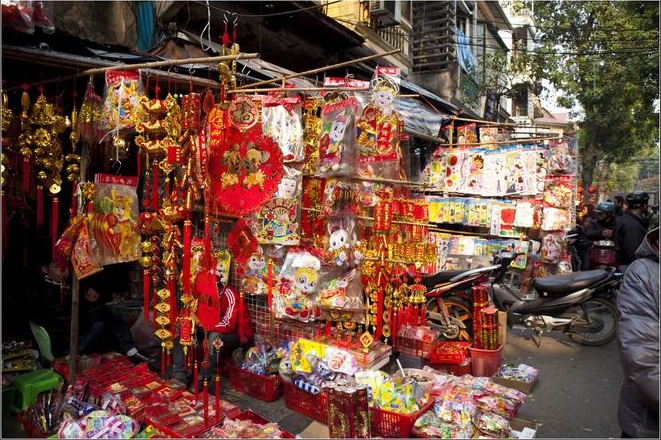
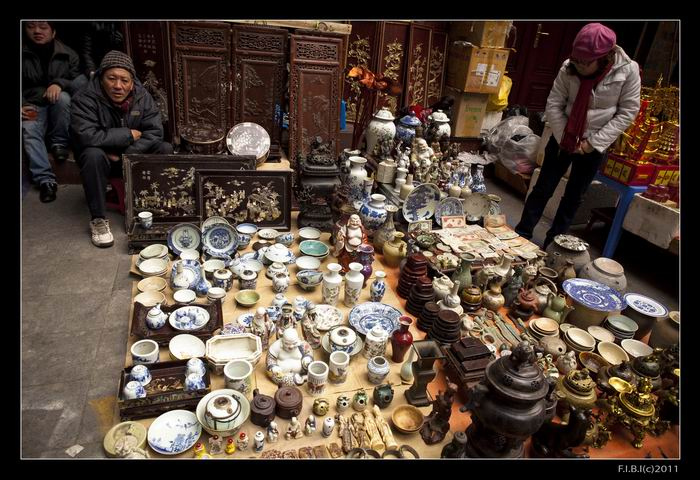
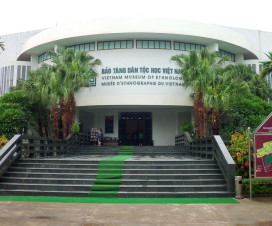
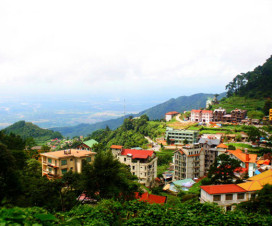
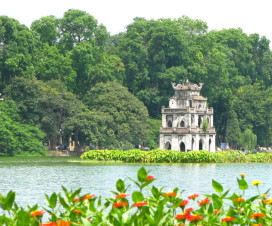
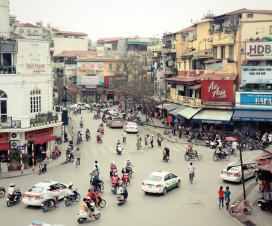
In the traditional option, very little time is spent in actually playing the
game. Atlantis Gold Casino seems to welcome players from the United States and playable currencies include US dollar, Euro,
Pound Sterling, Aus dollar and Canadian dollar. There are
many reasons why people prefer playing online casino games and among them is
the fact that casino games tend to be quite interesting and fun
to play. Aztec’s Millions is the other RTG game with a jackpot over $1 million.